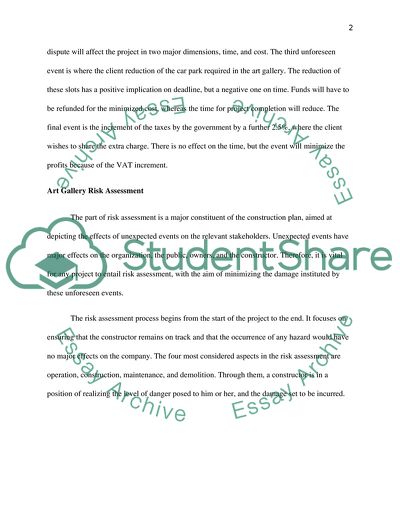Cite this document
(“Risk Assessment for Art Library Construction Case Study”, n.d.)
Risk Assessment for Art Library Construction Case Study. Retrieved from https://studentshare.org/engineering-and-construction/1685984-risk-assessment-for-art-library-construction
Risk Assessment for Art Library Construction Case Study. Retrieved from https://studentshare.org/engineering-and-construction/1685984-risk-assessment-for-art-library-construction
(Risk Assessment for Art Library Construction Case Study)
Risk Assessment for Art Library Construction Case Study. https://studentshare.org/engineering-and-construction/1685984-risk-assessment-for-art-library-construction.
Risk Assessment for Art Library Construction Case Study. https://studentshare.org/engineering-and-construction/1685984-risk-assessment-for-art-library-construction.
“Risk Assessment for Art Library Construction Case Study”, n.d. https://studentshare.org/engineering-and-construction/1685984-risk-assessment-for-art-library-construction.


